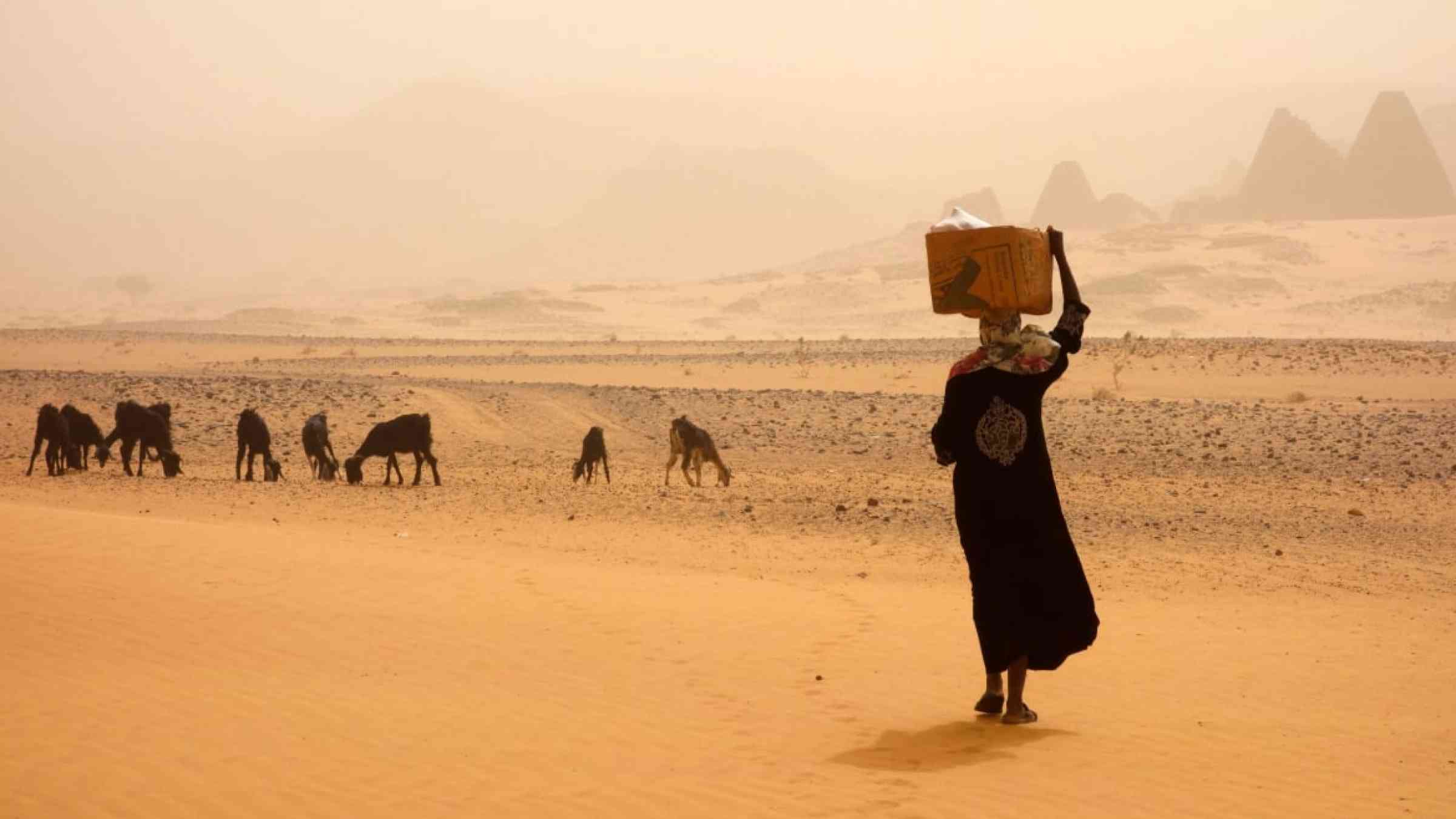Please help us improve PreventionWeb by taking this brief survey. Your input will allow us to better serve the needs of the DRR community.
Reassessment of mean and extreme climates over West Africa

An international team of scientists has reviewed the effectiveness of reanalysis data products for studying the climate over West Africa. Reanalysis data provides scientists with a blend of observations combining past weather forecasts rerun with modern forecasting models. These reanalysis datasets are beneficial alternatives that can be used to investigate climate conditions of any given geographic location where no sufficient observational datasets exist. The team set out to assess the accuracy of the existing reanalysis products in examining the West African climate.
Their findings are published in the journal Advances in Atmospheric Sciences.
The team assessed two reanalysis products—ERA5 and ERA-interim. ERA5 is the fifth-generation atmospheric reanalysis product, produced by an intergovernmental research institute, the European Centre for Medium-Range Weather Forecasts. ERA5 provides global climate data covering the period from January 1950 to the present. ERA-interim was the predecessor to ERA5. Knowing that these two products perform with varying degrees of quality and accuracy, the team undertook to assess these products to better understand their shortcomings and strengths before using them to study the West Africa climate.
The team investigated the performance of the ERA5 and ERA-interim products in representing the mean and extreme climates over West Africa for the period from 1981 to 2018. They used the Climate Research Unit (CRU) and Climate Hazards Group InfraRed Precipitation with Station (CHIRPS) observational datasets to conduct their study.
The team was interested in studying West Africa because with its extreme weather conditions, this region is susceptible to global warming. Looking ahead, scientists expect the climate in West Africa to change because of rising temperatures and unpredictable rainfall patterns. Added to that, the population of West Africa is expected to grow faster than the global average.
Because this region was already vulnerable to extreme weather such as floods and droughts, climate change can have a significant impact on their ability to grow the crops they need for food. "Understanding the climate conditions is critical for identifying present and future vulnerabilities and developing climate change adaption strategies," said Imoleayo Ezekiel Gbode, a climate scientist at the Federal University of Technology Akure.
Weather stations and the observational datasets that can be obtained from them are sparse over Africa. The data obtained from reanalysis datasets is a possible alternate solution in this region where observational data is so limited. However, previous studies have shown that the accuracy of reanalysis data varies significantly in some regions, especially where the observations are limited or the terrain is remote and complex.
So the team undertook their study focusing on the spatial pattern and temporal variability of both mean and extreme climate conditions in West Africa for the period from 1981 to 2018. They used the CRU and CHIPRS data as reference datasets.
From their study, the team learned that the ERA5 product has achieved considerable progress compared to its predecessor, ERA-interim, in terms of reduced precipitation and temperature biases and improved representation of inter-annual variability in much of western Africa. They also discovered that ERA5 reproduces precipitation extremes better than ERA-interim, although both reanalyses underestimate the intensity and frequency of heavy precipitation and overestimate the number of wet days.
The team concludes that the overall remarkable performance of ERA5 in representing key climate features over Africa, together with its accessibility at a higher temporal and spatial resolution, makes it a suitable dataset for near-real-time climate monitoring, especially for the temperature over the region. However, the representation of long-term trends in West African precipitation remains a challenge for both reanalysis datasets.
"We need improved datasets with better resolution and accuracy for climate impact assessment to guide decision-making processes in critical sectors like agriculture and water resources to ensure food security and sustainability," said Gbode.
Explore further
Please note: Content is displayed as last posted by a PreventionWeb community member or editor. The views expressed therein are not necessarily those of UNDRR, PreventionWeb, or its sponsors. See our terms of use
Is this page useful?
Yes No Report an issue on this pageThank you. If you have 2 minutes, we would benefit from additional feedback (link opens in a new window).